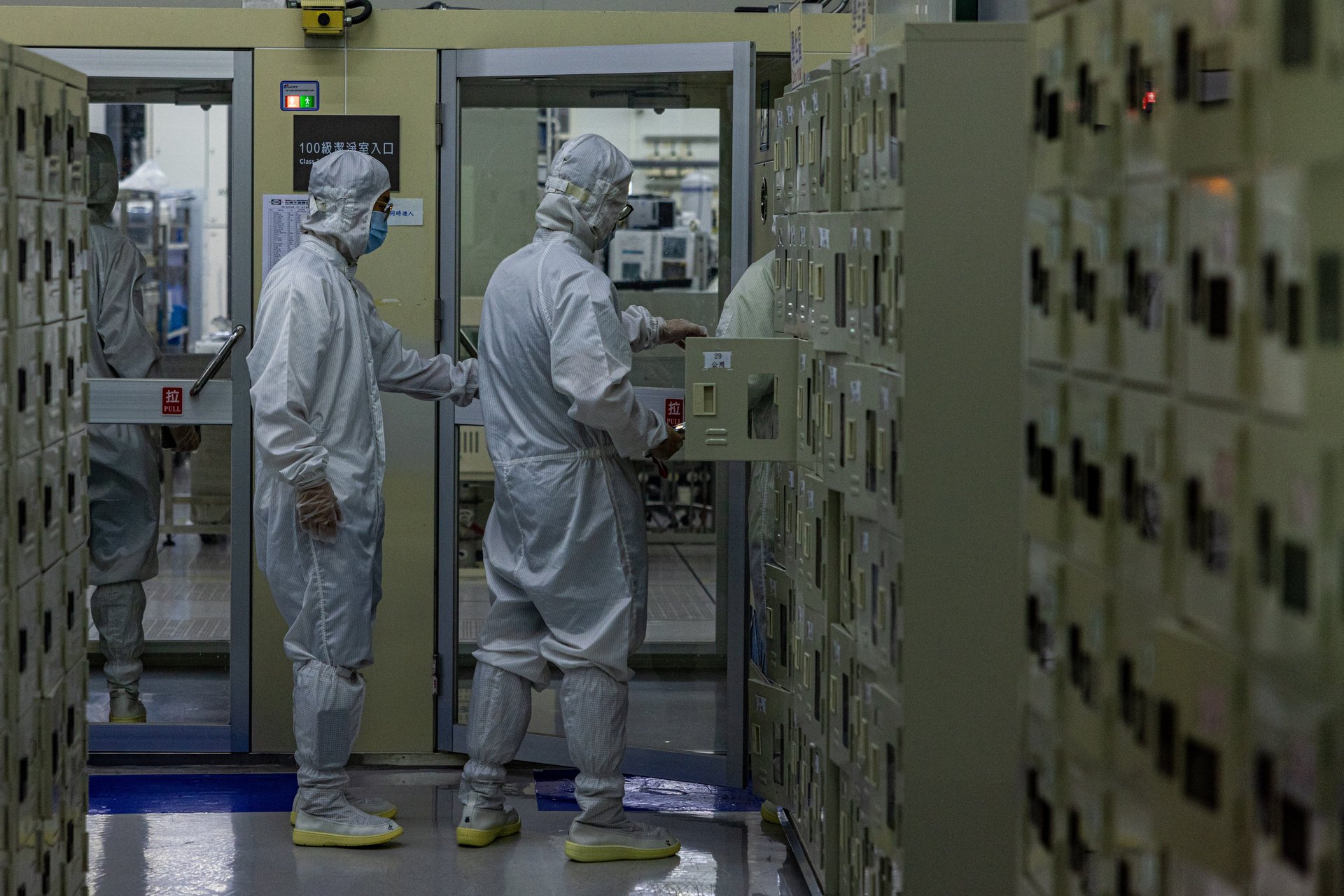Chips mostly dodged Trump’s new tariffs — but that could change soon
The White House said semiconductors are among the goods that aren't yet subject to reciprocal tariffs

When President Donald Trump announced his reciprocal tariffs this week that sent global markets into a panic, a few exemptions were made, including for semiconductors.
Suggested Reading
In addition to the country-by-country reciprocal tariffs, including 34% for China and 32% for Taiwan, Trump introduced a minimum baseline tariff of 10% on imports from all other countries. However, the White House said some goods, such as steel and auto parts already subject to tariffs, and energy and minerals not available in the U.S., are not subject to the reciprocal tariffs.
Related Content
While semiconductors are also on this list, Jefferies (JEF) analysts said in a note on Friday that “this is because President Trump is considering additional sector-specific tariffs on those items.” And although it’s not a direct impact yet, the tariffs will still “have significant ramifications on end demand for” the electronics and devices that semiconductors are inside of, the analysts said, because the prices for those items will climb.
Jefferies expects the tariffs to continue pressuring chip stocks such as Nvidia (NVDA), Advanced Micro Devices (AMD), Broadcom (AVGO), and Marvell (MRVL), “which all purchase the majority of their chips from TSMC (TSM)” in Taiwan. The analysts also expect stock pressure for companies that have end markets that rely on the Chinese supply chain, namely Apple (AAPL).
“[W]e expect there to be more Semis restrictions/tariffs coming up given concerns over national security which are elevated for this administration,” Jefferies analysts said, adding that they “see potential for further export restrictions” in addition to chip-specific tariffs.
Meanwhile, Bloomberg reported last week that foreign government officials and tech company leaders are asking the Trump administration to relax some rules under the Framework for Artificial Intelligence Diffusion, which aims to control which countries, including U.S. allies, can import advanced semiconductors needed for AI development. Known as the AI diffusion rule, the framework puts countries into three different tiers, and outlines how many chips countries can import, where the chips can be deployed, and how nations can work together on AI. The rules came out at the tail end of the Biden administration.
With the May 15 deadline to be in compliance looming, foreign governments and tech companies reportedly want the Trump administration to rethink some restrictions out of worries that the rules could hamper AI development and investment.